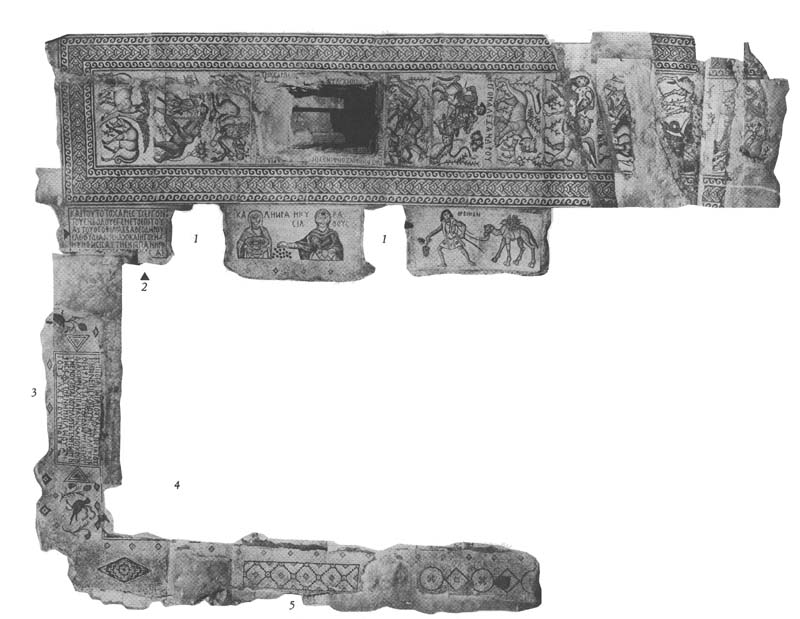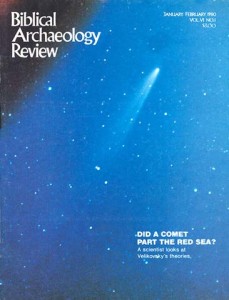
In June 1977 a tractor-driver at Kibbutz Kissufim on the coastal plain east of Gaza was preparing a new field for cultivation. Glancing back at the furrowed earth he noticed fragments of colored mosaic, and realized that he had inadvertently plowed across an ancient site. He notified the Department of Antiquities of his discovery, and one month later I went to Kissufim to excavate the mosaic before further damage could occur. My work revealed the remains of one of the loveliest mosaic pavements ever discovered in Israel.
Before excavating we naturally tried to learn what was already known about this newly exposed site. A search in the Department’s archives revealed that the site had been surveyed in 1930 by J. Ory, District Inspector at the time of the British Mandate. At that time he had observed a fragment of mosaic on the site, but it evidently did not seem sufficiently important to him to carry out an excavation.
My excavations revealed that the mosaic was part of the floor of a mid-sixth century Byzantine church. It was built on the plan of an early Christian basilica, the first church architecture developed after Christianity became the official religion of the Roman Empire during Constantine’s reign in 313 A.D. Based on Greek and later Roman public buildings, the basilica church type contained a long central nave flanked on each side by a parallel aisle separated from the nave by a row of columns. At one end of the nave was a semi-circular apse. At the other end was a narthex or entrance vestibule. In front of the narthex was often an open courtyard or atrium with columns on each side.
Already a library member? Log in here.
Institution user? Log in with your IP address.

